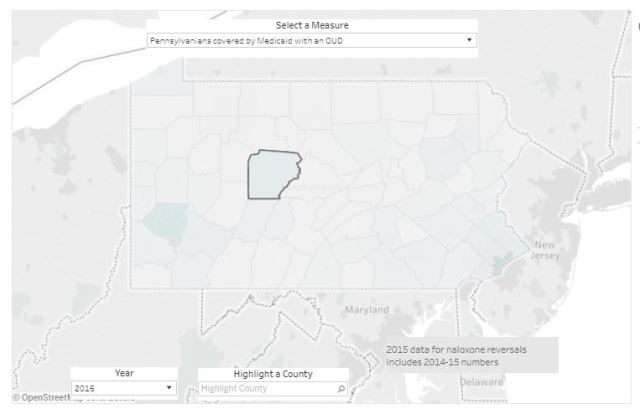Federal, state and local officials have been forced to go to combat with a crisis that’s become very deadly – opioids.
According to the U.S. Department of Health and Human Services’ Web site, in 2016 this crisis claimed 116 lives every day from opioid-related drug overdoses.
More specifically, 17,087 deaths were attributed to overdosing on commonly prescribed opioids; 19,413 deaths were attributed to overdosing on synthetic opioids other than methadone; and 15,469 deaths were attributed to overdosing on heroin.
Opioid overdoses accounted for more than 42,000 deaths nationally in 2016, more than any previous year on record and five times higher than in 1999. An estimated 40 percent of opioid overdose deaths involved a prescription opioid.
National statistics show that: 11.5 million people misused prescription opioids; 2.1 million people had an opioid use disorder; and 948,000 people used heroin in 2016.
For the same year, statistics also show that 2.1 million people misused prescription opioids and 170,000 people used heroin for the first time.
In January, Gov. Tom Wolf declared the heroin and opioid crisis a statewide disaster emergency. Since then, his administration has launched the Opioid Data Dashboard to provide statistics to the public.
“This information is vital as we all work together to help our loved ones, our neighbors and our communities who continue to be devastated by this crisis,” said Wolf.
According to the Dashboard, at least 10 Pennsylvanians die every day from a drug overdose, with more than 3,500 overdose deaths in Pennsylvania in 2015 alone.
Dashboard data shows that in 2016 Clearfield County had 1,057 residents covered by Medicaid with an Opioid Use Disorder (OUD). The county had 562 covered by Medicaid expansion with OUD.
“This information allows us to look at the areas where the opioid crisis is doing the most damage,” Acting Health Secretary and Physician General Dr. Rachel Levine said.
“Through this data, we can see where prevention is needed, where rescue can be improved and where treatment is necessary to help those communities that have been affected the most by the opioid epidemic.”
In addition to the Dashboard, the Wolf administration recently launched the Pennsylvania Overdose Information Network (ODIN).
ODIN is a centralized repository to track overdoses, naloxone administrations and investigative drug information that may be used by police, public safety and healthcare professionals to better track and share all types of information related to opioid abuse in their communities.
ODIN was made possible through a collaborative effort between the Pennsylvania State Police and the Liberty Mid-Atlantic HIDTA. It is available to all law enforcement agencies in the commonwealth.
For agencies, which are unable to enter their own information, county 911 centers have the capability to enter relevant data.
For Pennsylvania’s Treating and Preventing Opioid Addiction guide and additional information, please click here. To view the Opioid Data Dashboard, please click here.




